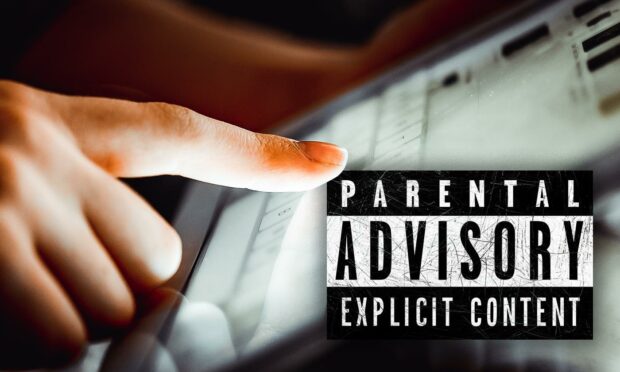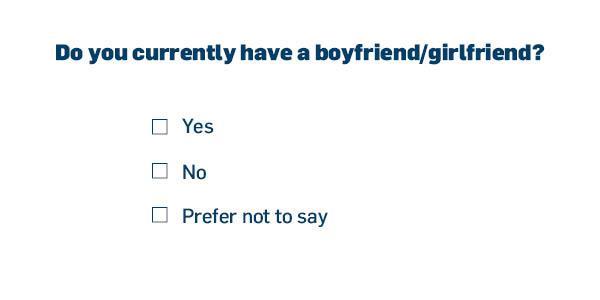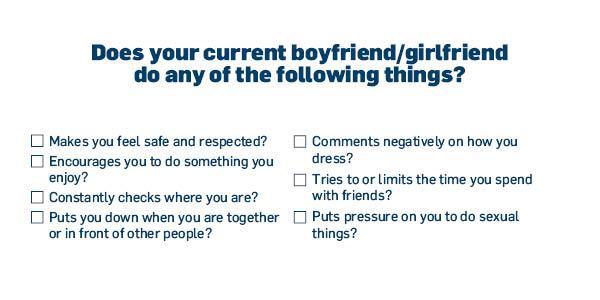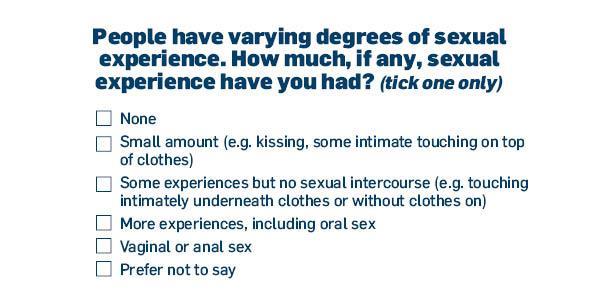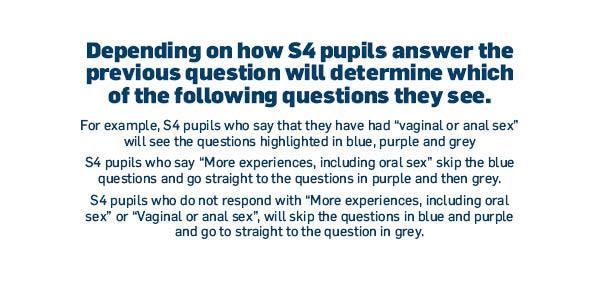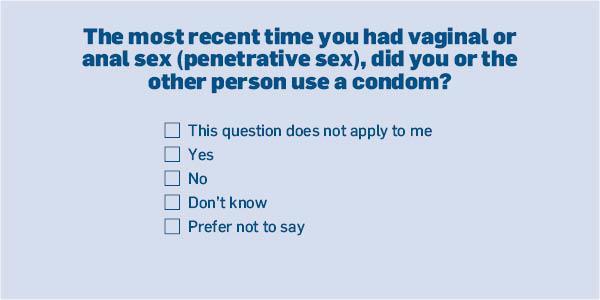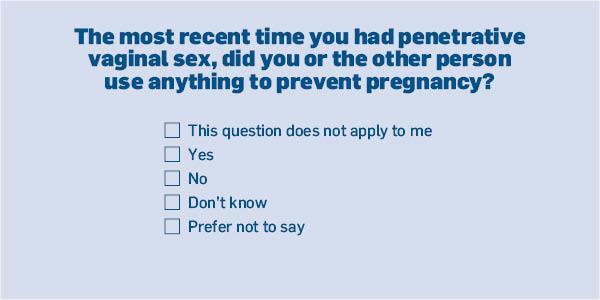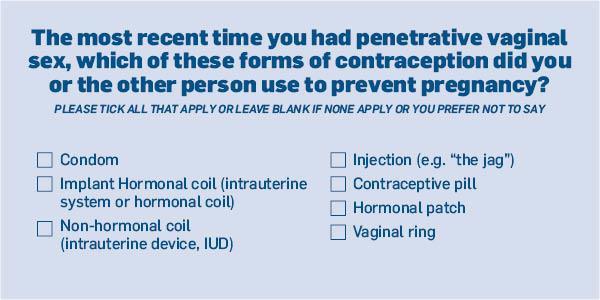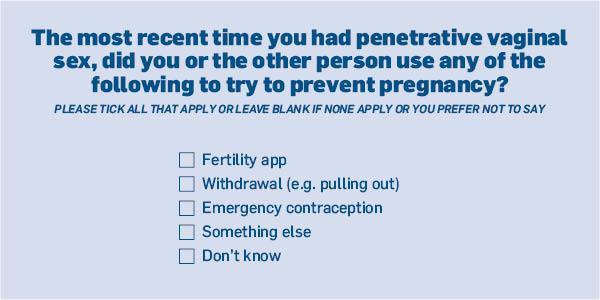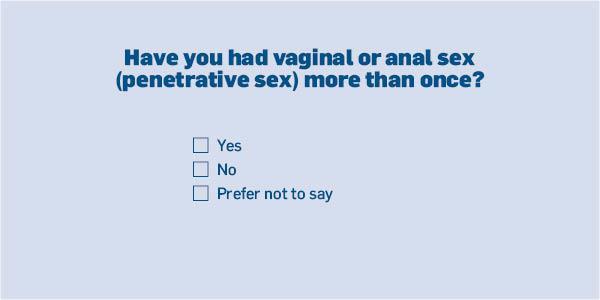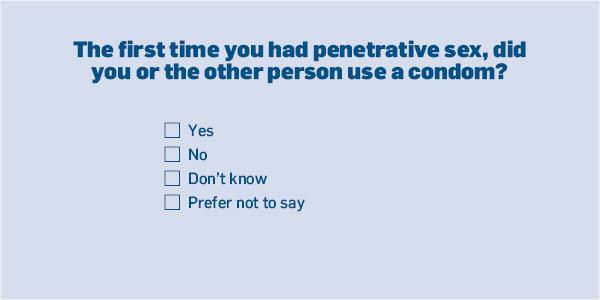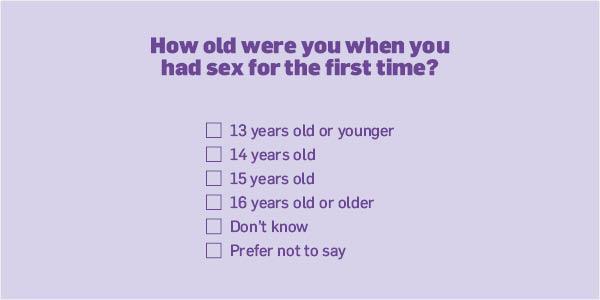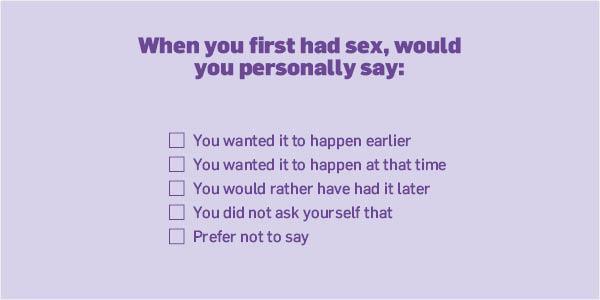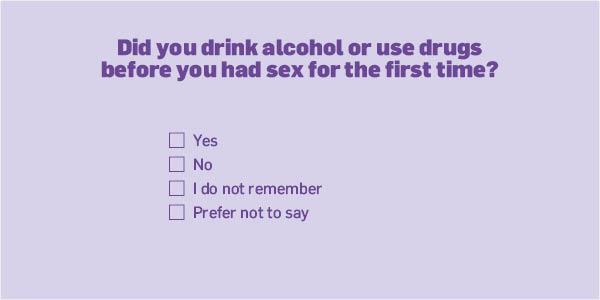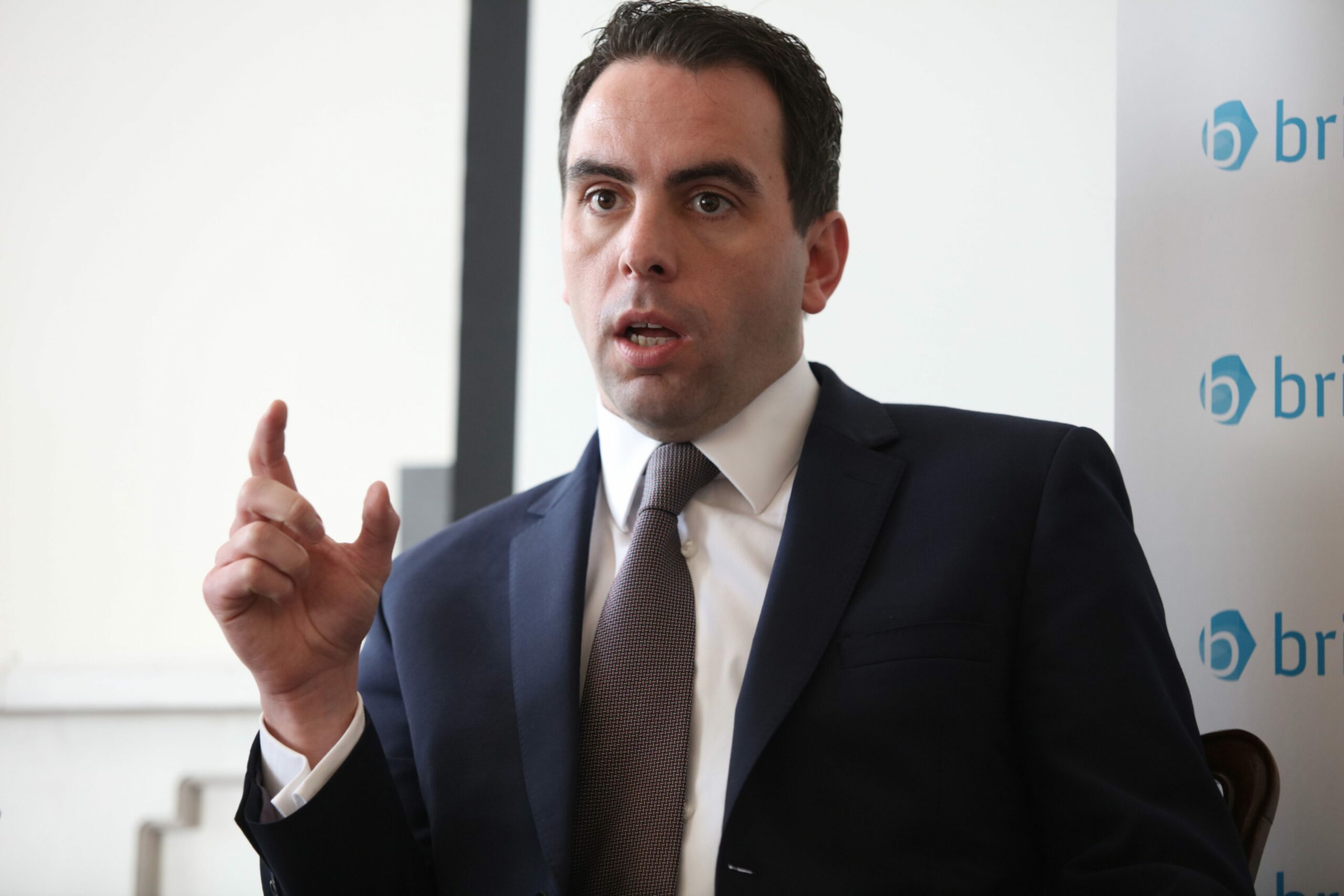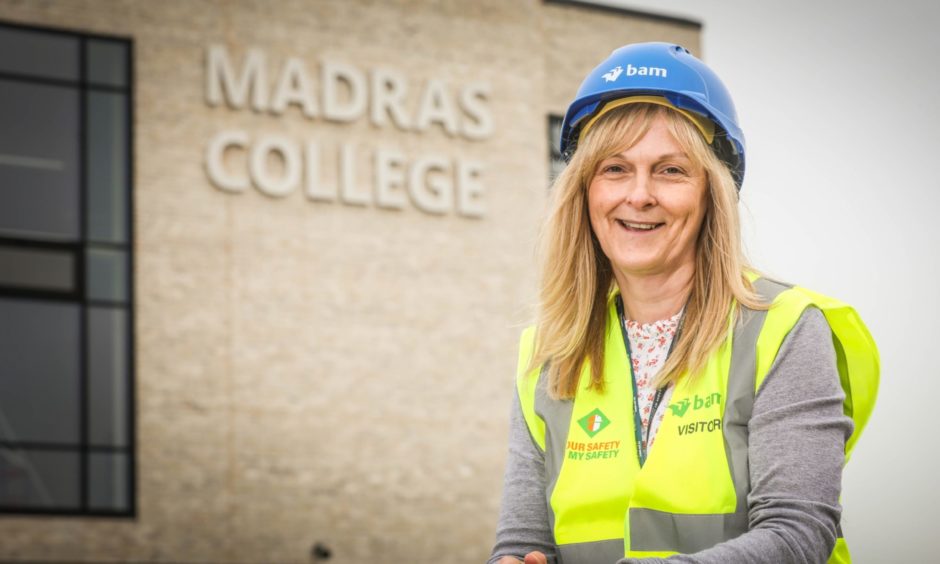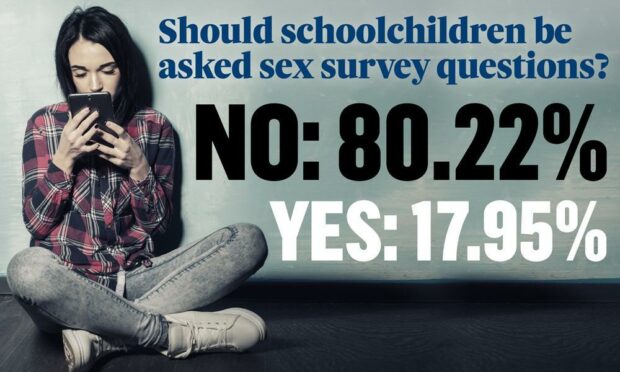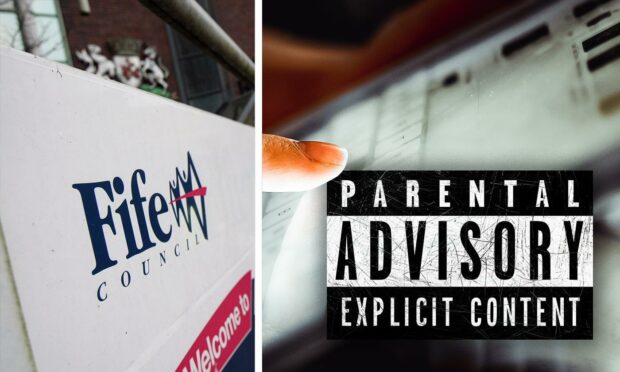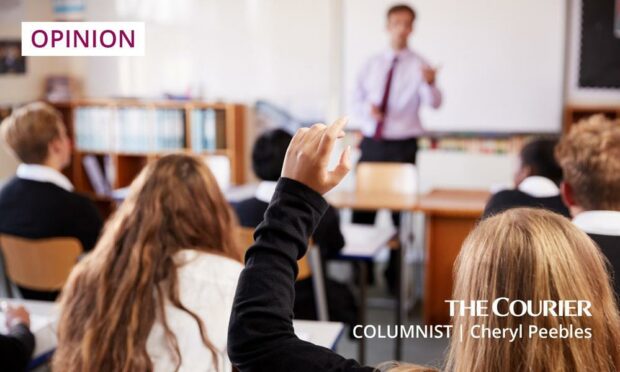School sex survey: taboo – or simply just 2021?
That’s one of the many questions prompted by the revelation schoolchildren as young as 14 are being surveyed about their sexual experiences.
As news circulated of a national health and wellbeing census so did screengrabs on social media purporting to show explicit questions being posed.
They included: “How much, if any, sexual experience have you had?” Multiple choice answers included ‘oral sex’ and ‘vaginal or anal sex’.
So, we set about finding out exactly what questions S4 to S6 pupils will be asked – and after two full days of digging still only have part of the picture.
Local authorities will administer the census, and it is up to them which questions they actually ask. They can add or take away from a set of recommended questions provided by the Scottish Government.
We asked all four Tayside and Fife councils to provide us with the questions they will ask about sexual experience and not one supplied them to us.
Some 28 hours after we requested it – and after several messages back and forth attempting to clarify the contents of the census – the government sent us the recommended questions it has supplied for the relationships and sexual health section of the survey.
The first set of questions asks:
Depending on their answers, pupils may then be asked:
Again, depending on earlier answers, pupils may then be asked:
The final question asks:
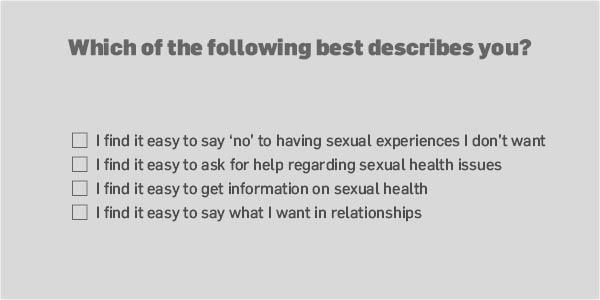
The recommended questions were drawn up by a group established by the government including representatives and analysts from the government, Public Health Scotland, local authorities, schools and Education Scotland.
Local authorities can choose which questions to ask, while children and their parents or carers can opt out. However, it is not clear if all parents or carers will be given advance sight of the final questions themselves or just a summary of the topics to be covered.
Council’s census snub
One local authority, West Lothian, has refused to issue the survey in its current guise to schools.
Urging Dundee and Angus councils to do the same, Scottish Conservative MSP Maurice Golden claimed the Scottish Government had completely overstepped the mark.
He said: “This survey asks children as young as 14 about explicit sexual acts and illegal activity such as drug taking.
“It should be for parents to decide how to approach such sensitive topics with their children. They are best placed to assess their children’s emotional maturity and how to raise such subjects at home.”
We asked the Scottish Government to respond to Mr Golden’s remarks.
A spokesperson said: “The census is administered by local government to provide information about the health and wellbeing of children and young people, to help improve the support that they provide.
“Whilst the Scottish Government has worked with stakeholders to design a set of questionnaires, it is for local authorities to determine which questions they actually ask.
“However, the Scottish Government fully supports administering of this important census.
“Data gathered will also enable the Scottish Government to develop a better understanding of some of the factors that influence educational outcomes.
“Parents and carers can opt out from their child taking part, and the child themselves can choose to opt out.”
Our next step was to contact local authorities in areas covered by The Courier and Evening Telegraph.
Question: Can you show us the census or the questions in it about sexual experience that will be put to pupils and can you tell us when it will be conducted?
We stressed that we were asking for the questions and not just the list of topics covered by the census.
Perth and Kinross Council was the first to respond, showing us the aforementioned topics and confirming they WILL be using the survey as provided to councils by the Scottish Government.
The next reply – and the most detailed breakdown from one of our local authorities – was from Angus Council, stressing that some topics were only relevant for senior pupils who will have already discussed them as part of the health and wellbeing curriculum.
Dundee City Council promised to publish the Q&A on its website when it is complete while Fife Council’s head of education and children’s services Shelagh McLean confirmed it plans to use the census in schools imminently.
Why is a health and wellbeing school survey being conducted?
One last key question – perhaps the most obvious one – is why is this survey being conducted?
The Scottish Government line is that statistical and research data will help plan and implement national policies and assist councils in identifying areas for local improvements.
This health and wellbeing census is to be completed by pupils from P5 to S6 during class time on computers or tablets.
Older high school kids will also be quizzed on topics also including drug and alcohol use and mental health and all will be asked about physical activity, diet, mental health, bullying, sleep patterns and body image.
